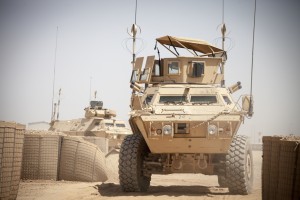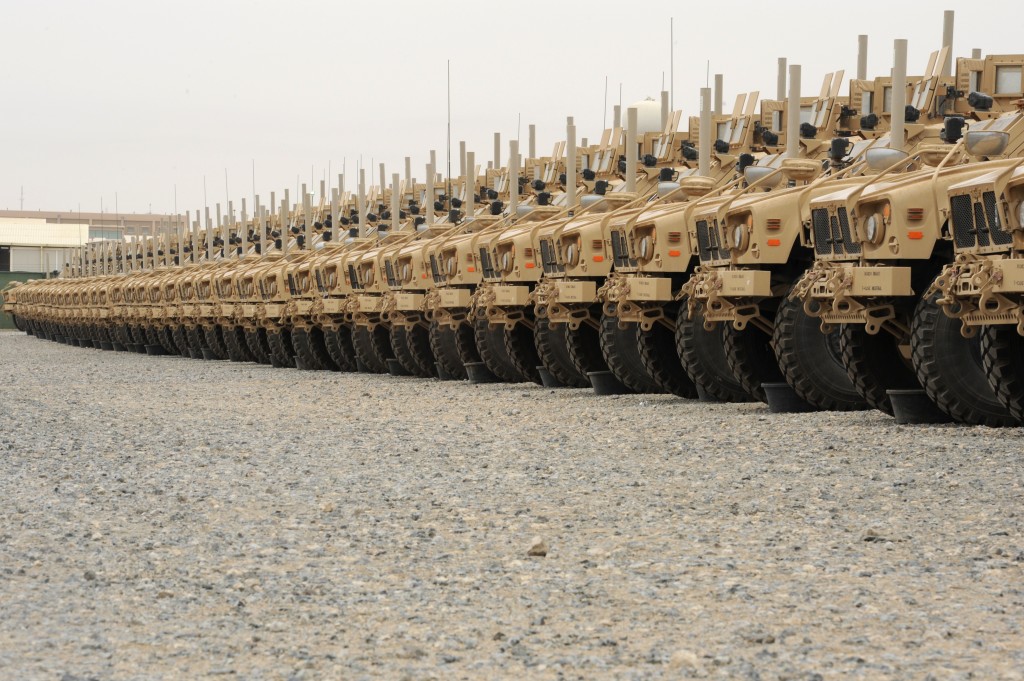As Taliban Launch Offensive in Afghanistan, More Data Pierce Narrative of Weakened Insurgency
As noted last week, the Afghan Taliban brazenly stated the day and hour at which their 2014 offensive would launch while also characterizing the targets they would attack. It appears that the attacks started pretty much at the appointed hour this morning, with rocket attacks aimed at the airport in Kabul and Bagram Air Base. There also was an attack on a government building in Nangahar. The rocket attacks appear to have done little or no damage, while there were at least four deaths in the attack on the building.
Data continue to accumulate that pierce the narrative that the US military has tried to create around a “weakened” Taliban insurgency. Khaama Press reports that the United Nations Assistance Mission in Afghanistan released a report stating that at least 545 children were killed in Afghanistan in 2013. The same article notes that the Independent Human Rights Commission of Afghanistan has counted at least 284 children have been killed so far this year, suggesting that 2014 will be even worse for child deaths. A report from the International Crisis Group is also being released today, and in it we see that violence in Afghanistan is indeed continuing to rise. From the Wall Street Journal:
Violence levels across Afghanistan are steadily rising as U.S.-led troops return home, an indication that the Taliban remain determined to fight for power, according to a report by the International Crisis Group set for release on Monday.
An analysis by the ICG, an independent conflict-resolution organization, estimates that the number of insurgent attacks in Afghanistan increased 15-20% in 2013 from a year earlier, the first time such figures will be released publicly. It added that violence continued to escalate in the first months of 2014.
Despite the fact that the International Crisis Group describes itself as an “independent, non-profit, non-governmental organisation committed to preventing and resolving deadly conflict”, its leaders published an op-ed in today’s Globe and Mail aimed at drumming up support for Afghanistan’s armed forces. Even the title of the piece is aimed at the military’s battle for hearts and minds: “Reduced to eating grass, Afghanistan’s forces are in dire need of our help”, and the text seems just as slanted toward the West maintaining a presence in Afghanistan:
Afghan forces are holding the district by themselves, so far, but Taliban roadblocks are causing food shortages. Ghorak’s defenders recently started to eat boiled grass.
It’s the same story in many other rural areas: Afghan police and soldiers are keeping the insurgency at bay, but they need more support from the international community.
/snip/
Current plans for international support of the ANSF are insufficient. Donors must go beyond the annual commitment of $3.6-billion (U.S.) made at the Chicago 2012 summit and provide funding for maintenance of an ANSF personnel roster approximately equal to its current size, until stability improves in Afghanistan.
The Afghan government also needs international assistance with logistics, air support, intelligence and other technical aspects of security operations sometimes known as “enablers.” There is, for example, a pressing need for more helicopters and armoured vehicles. Currently, Afghan police and soldiers, far from urban centres, die of minor injuries while they wait for scarce helicopters or armoured convoys to transfer them to medical facilities.
As for the bullshit claim to need even more armored vehicles, read this from last August. But again, this whole plea by the International Crisis Group is just the same line we have gotten from the military essentially from the start of the Afghan quagmire. The narrative of a weakened Taliban and an increasingly capable Afghan defense force is always there, and yet the entire operation always teeters on the edge of collapse if we don’t ramp up our support. Completely missing is an understanding that the Taliban’s targets are centered around the presence of US troops and those who collaborate with them. When US troops are completely gone, the main reason for fighting is also gone.



